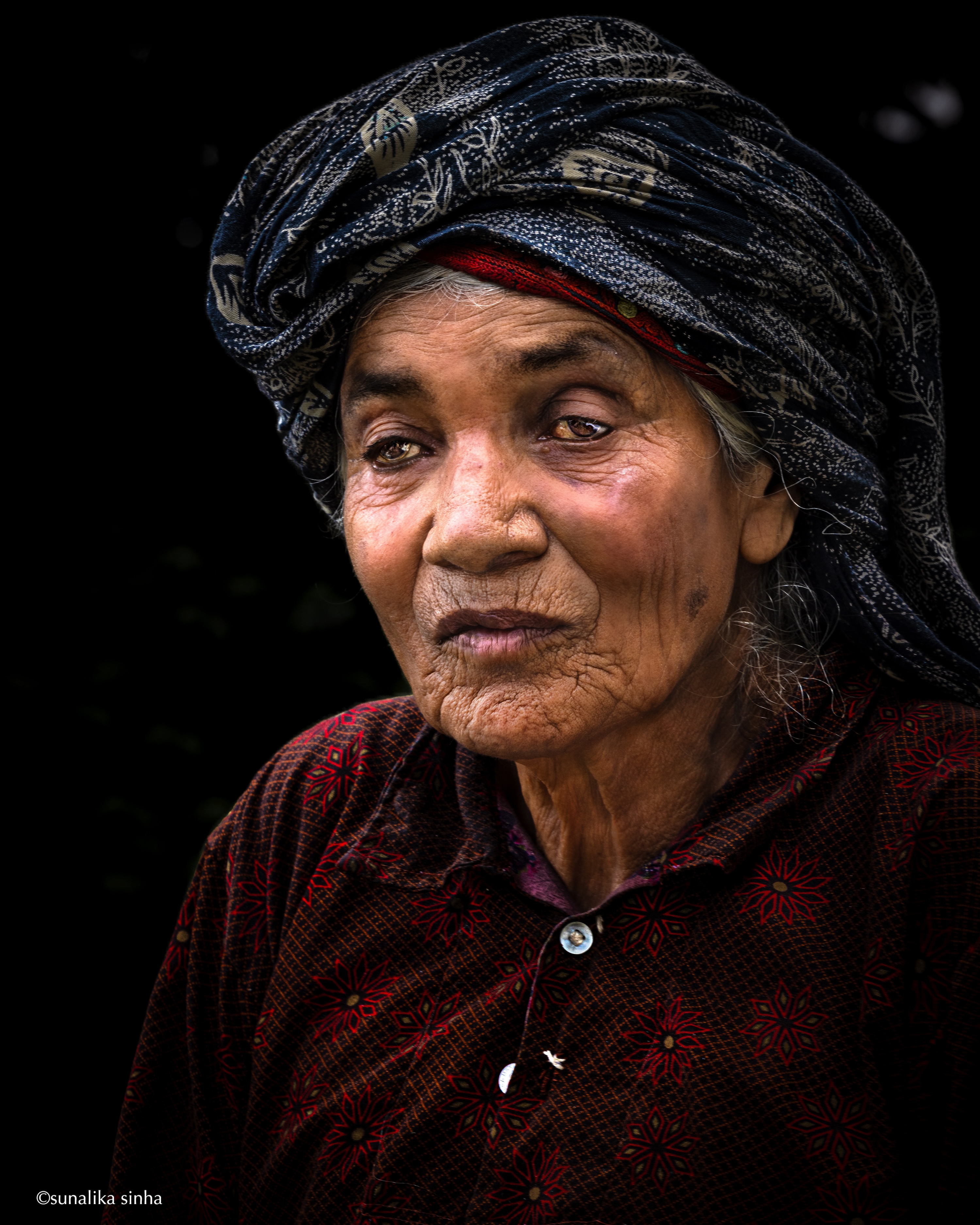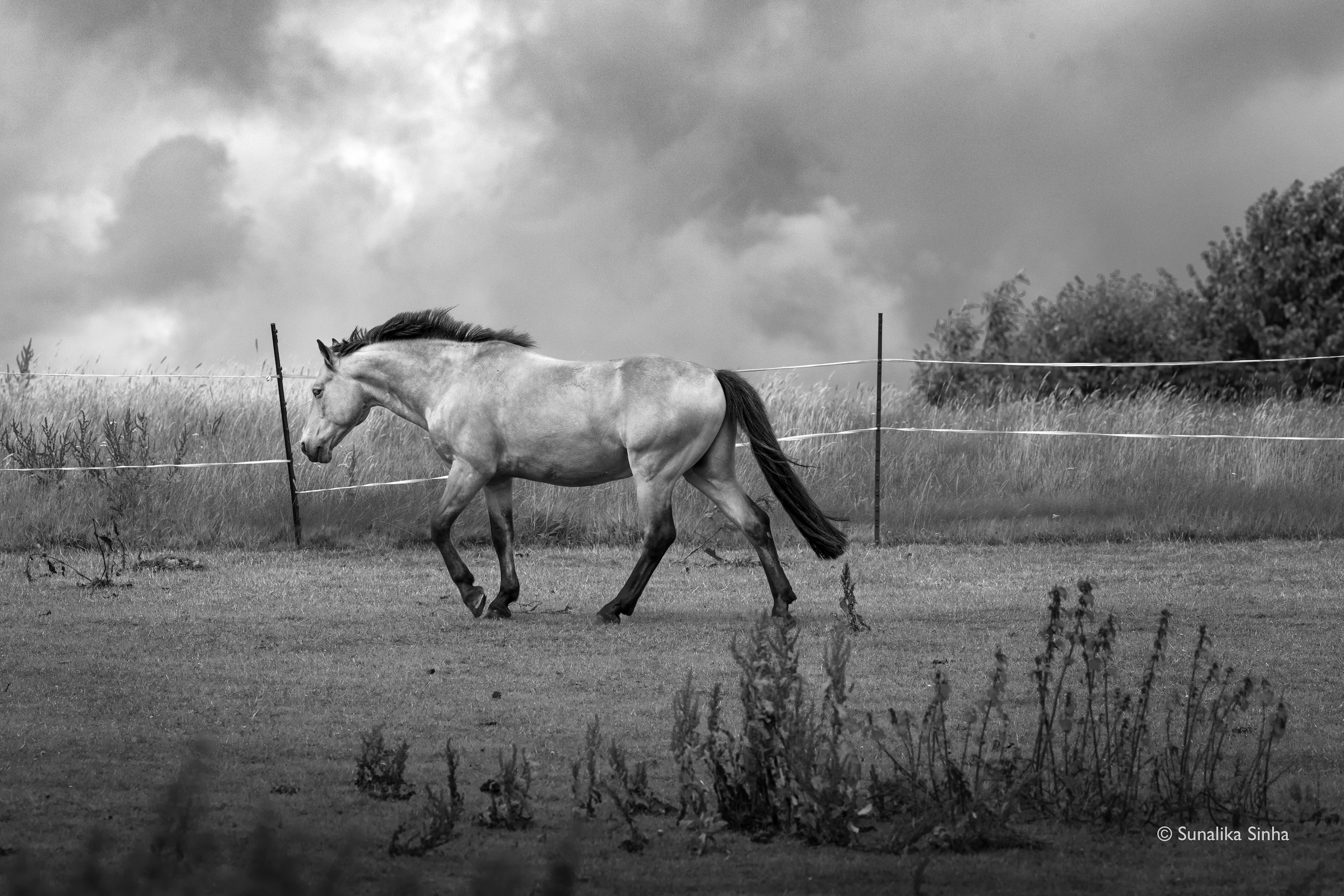
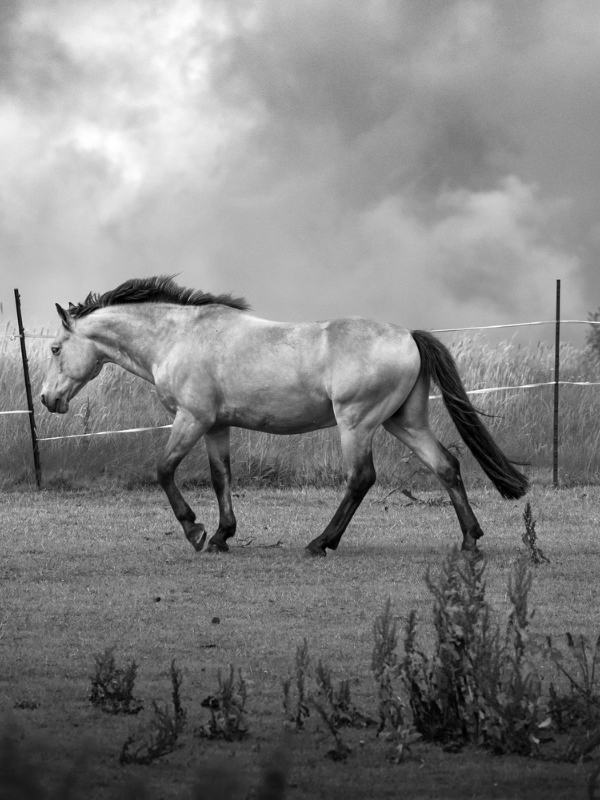
Sunalika Sinha 7 Oct, 2024
An international award-winning photographer, a former model and graphics & space designer. As a photographer, she focuses on architecture, nature/joie de vivre and portraiture.

Sunalika has a Masters in Design from National Institute of Design. Her experience as a graphic designer allows her to introduce strong compositions and incorporate negative spaces in her frames. Her mission is to create distinct and soulful work.

Q. How do you integrate your different focuses—architecture, nature, and portraiture—into a cohesive photographic style?
I strive to create distinct and soulful work across genres, with a clear protagonist in every frame—be it light, a person, a structure, or a landform. Embracing the ‘less is more’ philosophy, I keep my compositions uncluttered and focus on strong, well-structured frames.
Q. Can you share some insights into your post-processing workflow for each of these types of photography?
The post-processing in Adobe Lightroom involves organizing, editing, and processing photos with basic adjustments like contrast, brightness, or colour balance. The goal is to enhance nuances, not fundamentally alter the photograph.
Q. What drew you to architectural photography, and how do you approach capturing the essence of a structure?
My father studied at SPA Delhi before joining the Indian Navy. My sister became an architect, and while I also considered architecture, I was more interested in joining National Institute of Design (NID). The other influences were my father’s architect friends who visited us during their vacations in India. Most conversations revolved around world architecture. It was in the course of these visits that I first heard names like Frank Lloyd Wright and Louis Kahn and saw their works in books they gave us as gifts.
I am a photographer with a profound appreciation for both genres of architecture -contemporary marvels and heritage treasures. To me, each structure serves as the protagonist in its own narrative, possessing a distinct personality and a story to tell. My objective as an architectural photographer is to comprehend the designer's vision and convey its essence & beauty through my work.
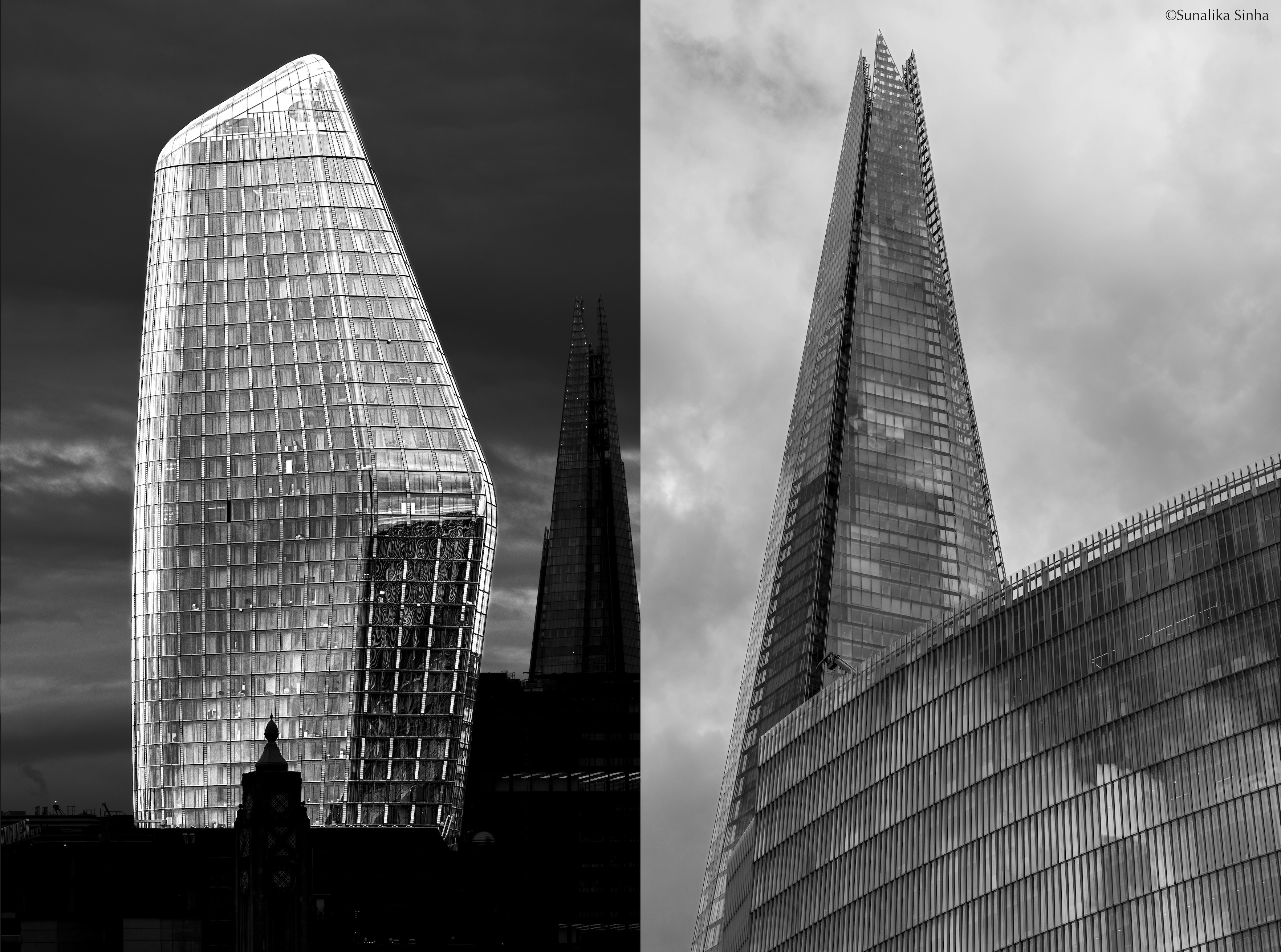
Q. What are the challenges when photographing a building or structure?
Photographing an entire structure requires meticulous planning. It often involves securing access and permissions, tracking light and weather conditions, using specialised lenses and other equipment etc. For sundown shots, it's often necessary to light the structure from the inside.
Q. How do you prepare for a nature shoot, particularly when working in challenging or unpredictable environments?
Nature photography is exhilarating yet challenging, requiring patience, persistence, perseverance, and presence of mind. I always check my equipment before setting out, follow the guide, and respect the do’s and don’ts of the location. When photographing animals, I maintain a safe distance, understanding that even domestic animals require trust to stay calm.
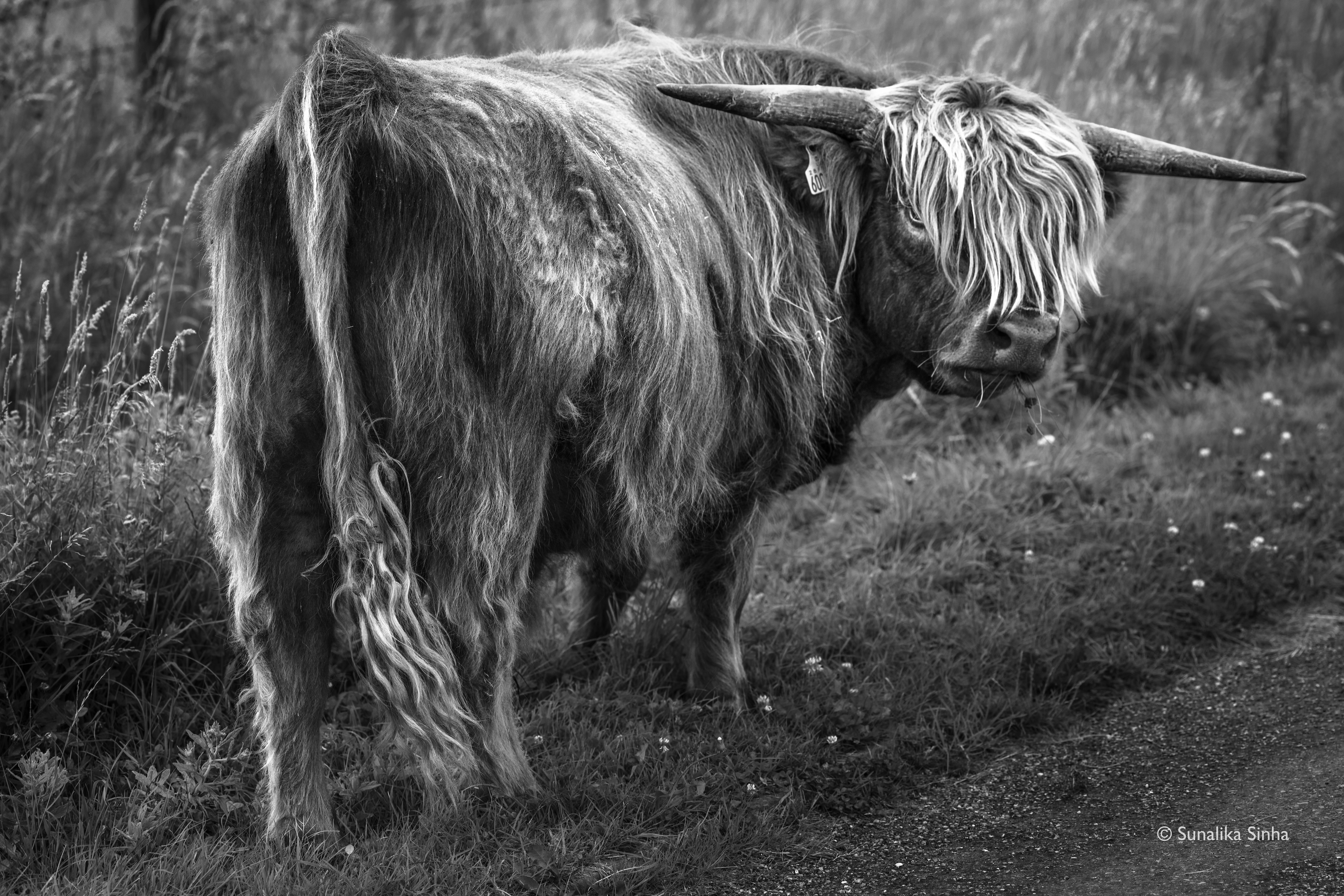
Q. Can you share a memorable experience or encounter you’ve had while photographing in nature?
While photographing in the Alps at subzero temperatures, I kept removing my gloves to press the shutter button. Eventually, I realized my hands had frozen, which was frightening. My husband and I hurried back to thaw ourselves before returning to the location. All’s well that ends well.
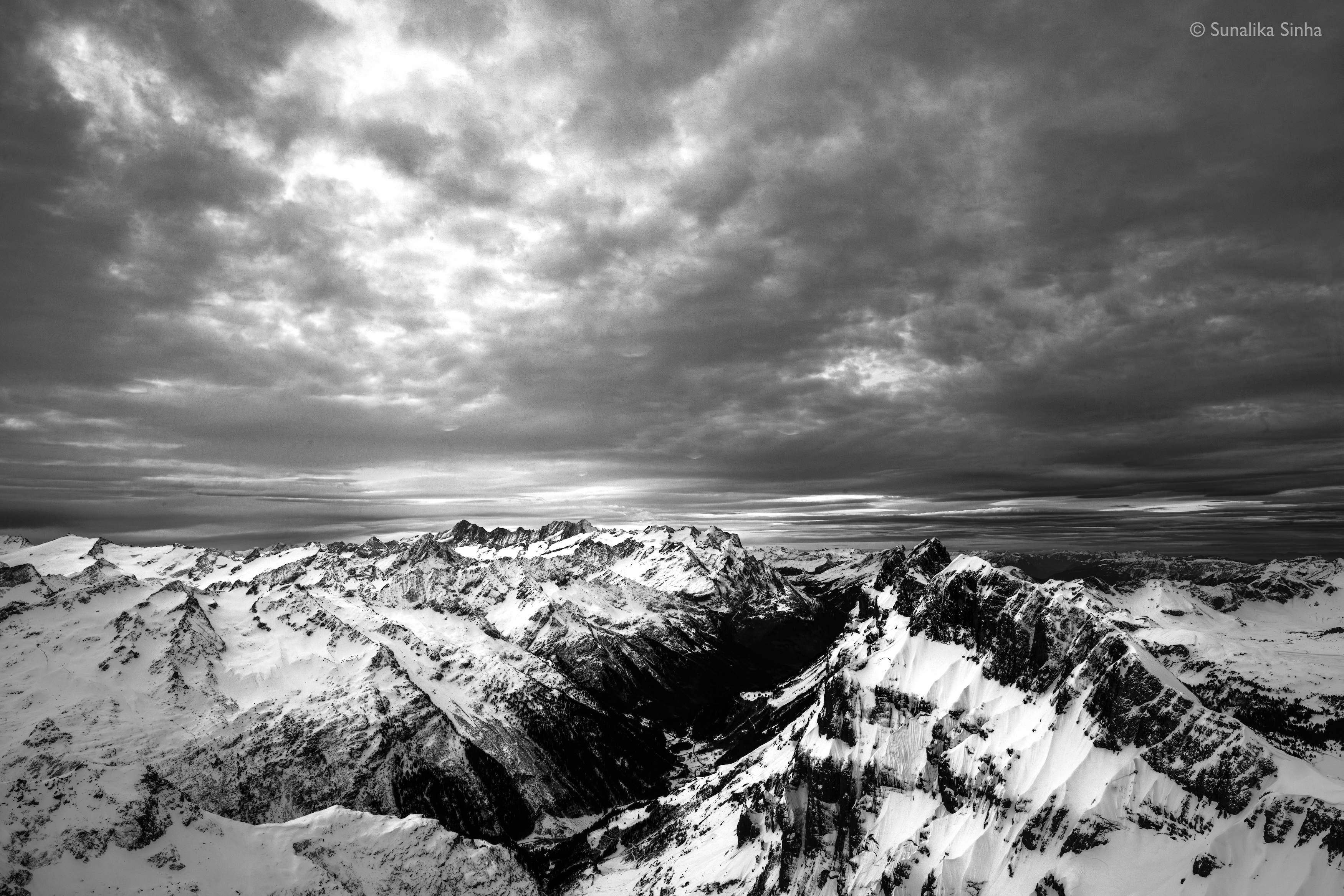
Q. How do you connect with your subjects to capture authentic portraits?
Having professionally and extensively modelled in front of the camera, I understand the importance of making my subject feel comfortable, as it will reflect in the final image. Whenever possible, I prefer to meet my subject in person before the final shoot. If that is not feasible, I research them through their social media platforms to familiarise myself with their appearance and gather information that can help break the ice when we meet.
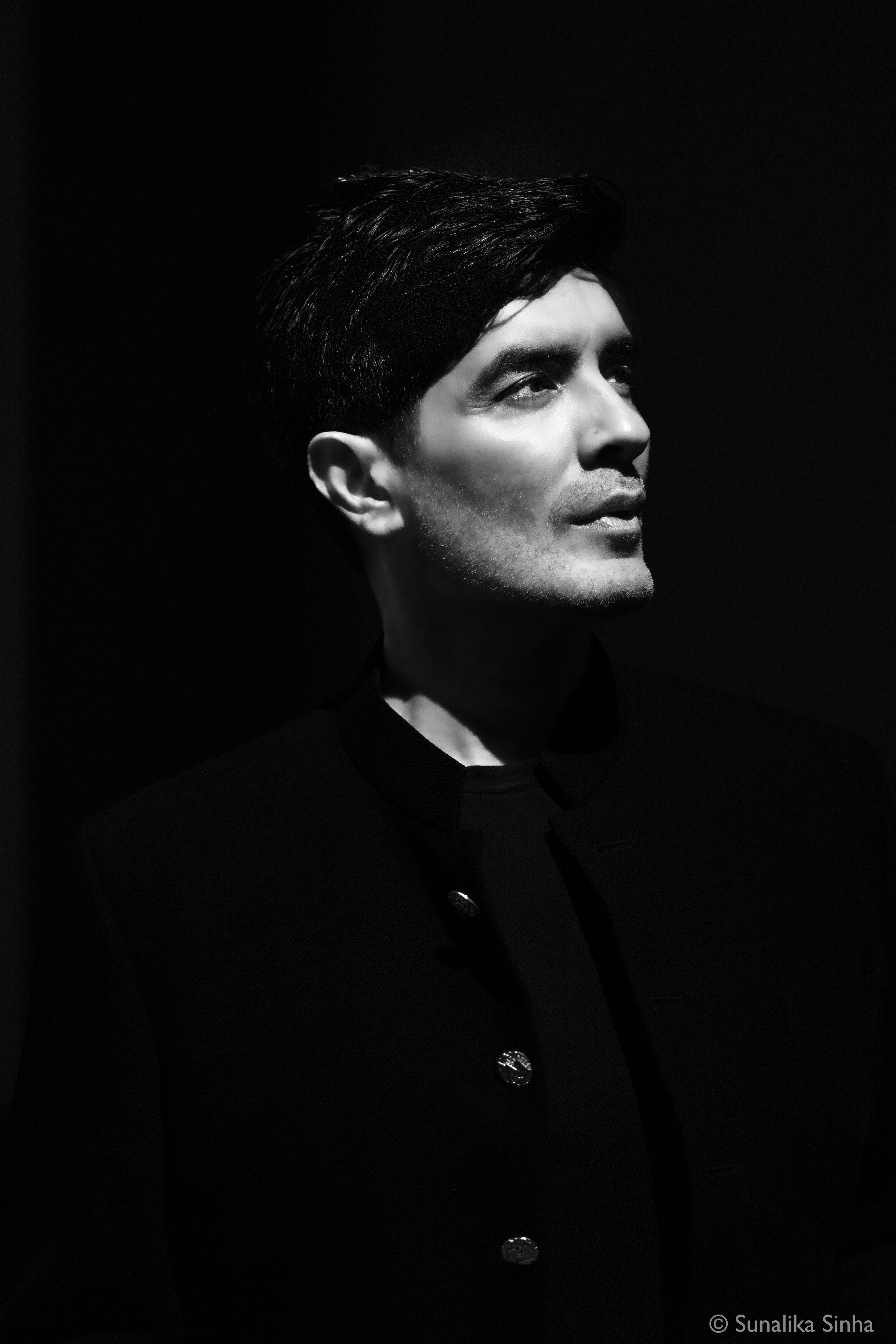
Q. What techniques do you use to bring out the personality or emotion of the people you photograph?
Different techniques. To name a few:
- Creative use of light, as it plays a crucial role in portraiture.
- Depth of field for subject separation or maintaining focus on all elements.
- Utilizing black and white photography.
- Applying strong compositions by following established rules.
Q. What advice would you give to aspiring photographers who want to explore multiple genres like you have?
Two things that have worked for me:
The 1st:
- Organizing photo folders by genre
- Structuring folders by year or location
- Using keywords for photographs, etc.
And the 2nd:
Photography equipment is expensive, and different genres require specific gear like lenses, tripods, and lights. It’s wise to buy overlapping equipment first, then invest in genre-specific gear. Renting specialized equipment is also an option.
